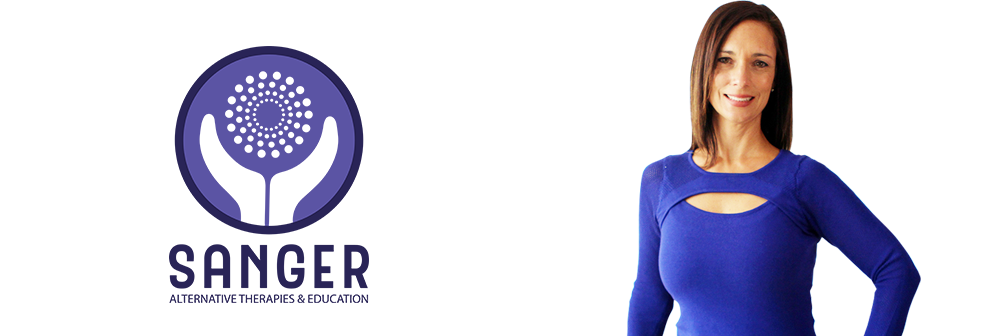It wasn’t long ago that, if you mentioned back pain to your doctor, you would be sent to bed for rest… and more rest… and more rest, etc. Contemporary treatments for pain however, including back pain, have become more holistic and multi-dimensional. Today, the emphasis is placed on getting back into action and moving as soon as possible following painful incidents, injuries, and even many surgeries. So yes, yoga for pain relief is definitely “a thing”!
According to the online publishing site for Harvard Medical School, “Yoga can help people with arthritis, fibromyalgia, migraine, low back pain, and many other types of chronic pain conditions.”
In fact, numerous studies have found that, among people with chronic low back pain, a weekly yoga class increased mobility more than standard medical care for the condition. Other studies have found that yoga was comparable to standard exercise therapy in relieving chronic low back pain.
When your body is injured or hurting, you want a slow-paced, gentle practice for rehab and strengthening the affected area. Because yoga focuses on slow movements and stretches, along with deep breathing, it is often used to ease back pain and arthritis pain.
How Yoga Relieves Pain
Yoga works on stretching and strengthening muscles and muscle groups. Since the key to long-term healing is increased strength, yoga is a wonderful option for those who seek a gentler, more relaxed option to “pumping iron”. By building strength, releasing muscle tension, improving flexibility, and bolstering joints and bones, yoga can bring the body into balance, thereby alleviating pain.
There are other therapeutic benefits to yoga, as well. Yoga is a mind-body practice and form of exercise that combines breath control, meditation, and movements to stretch and strengthen muscles. What sets yoga apart from most other exercise programs is that it places as great an emphasis on mental fitness as on physical fitness.
A yoga session will typically last 45-90 minutes, and will generally begin with breathing exercises to relax the body and help free the mind of worries and distractions. Breathing deeply through the nose is a vital component of yoga.
The typical yoga session will then proceed through a series of seated, standing, and prone yoga postures. These postures are known as asanas. Some asanas are held for a few seconds to a few minutes. Holding the body correctly in the various postures and breathing into them to stretch farther is important. The sessions typically end with breathing and meditation.
Of course, you can also practice yoga at home for 10 to 20 minutes a few times a week.



